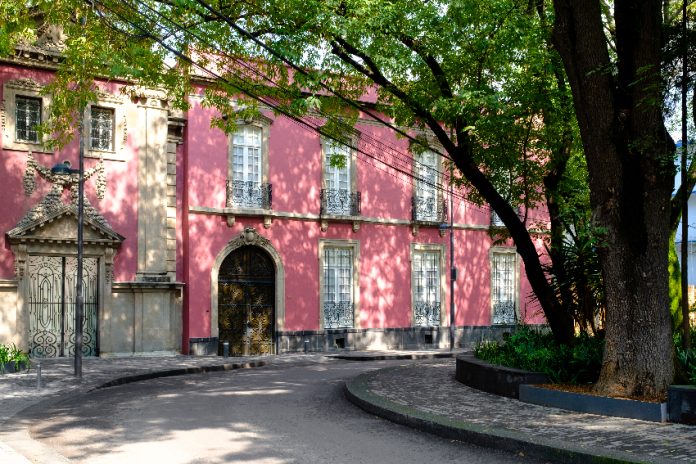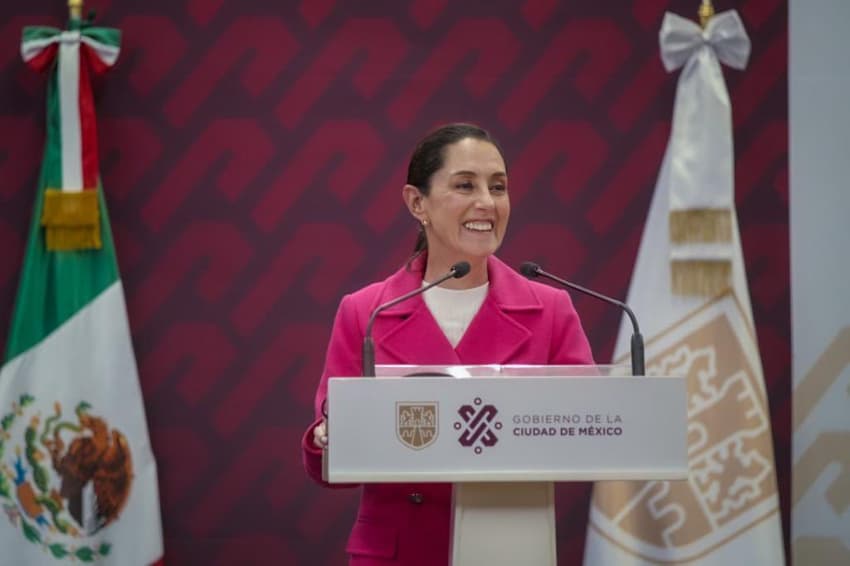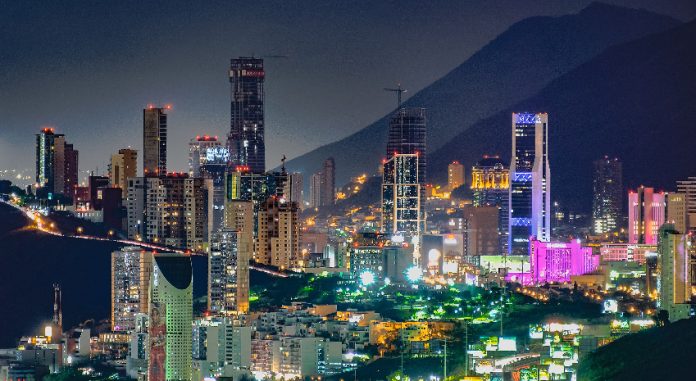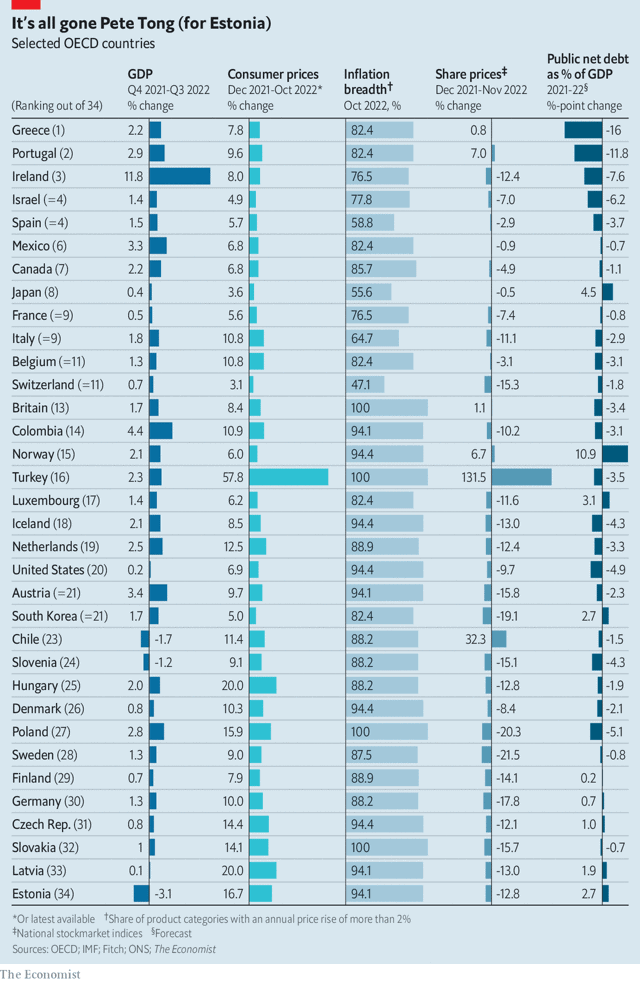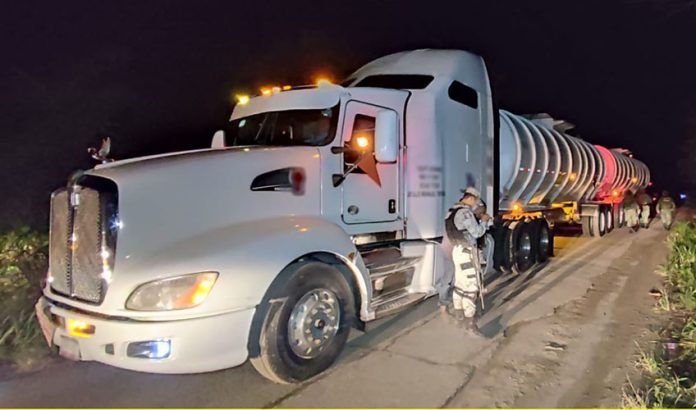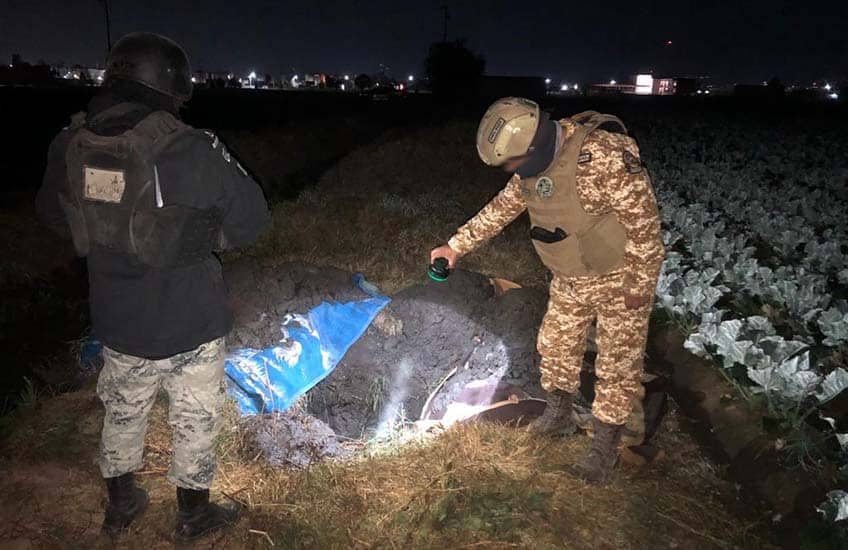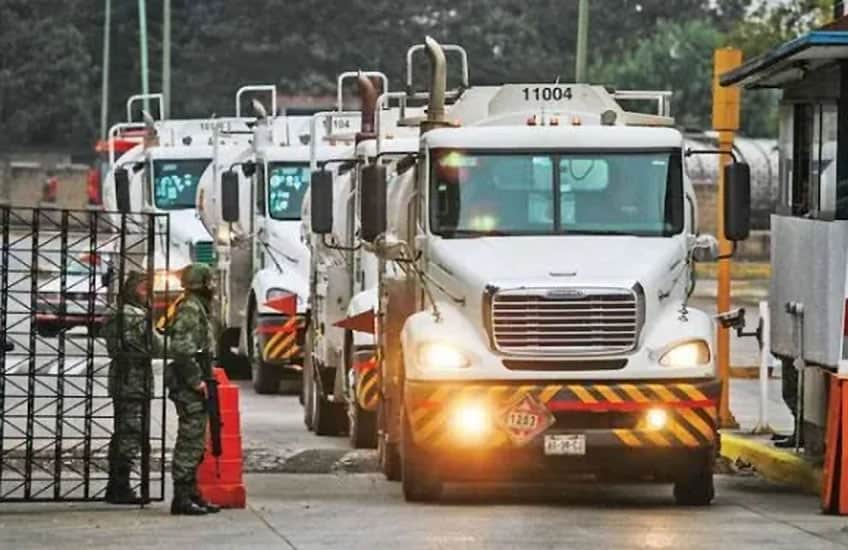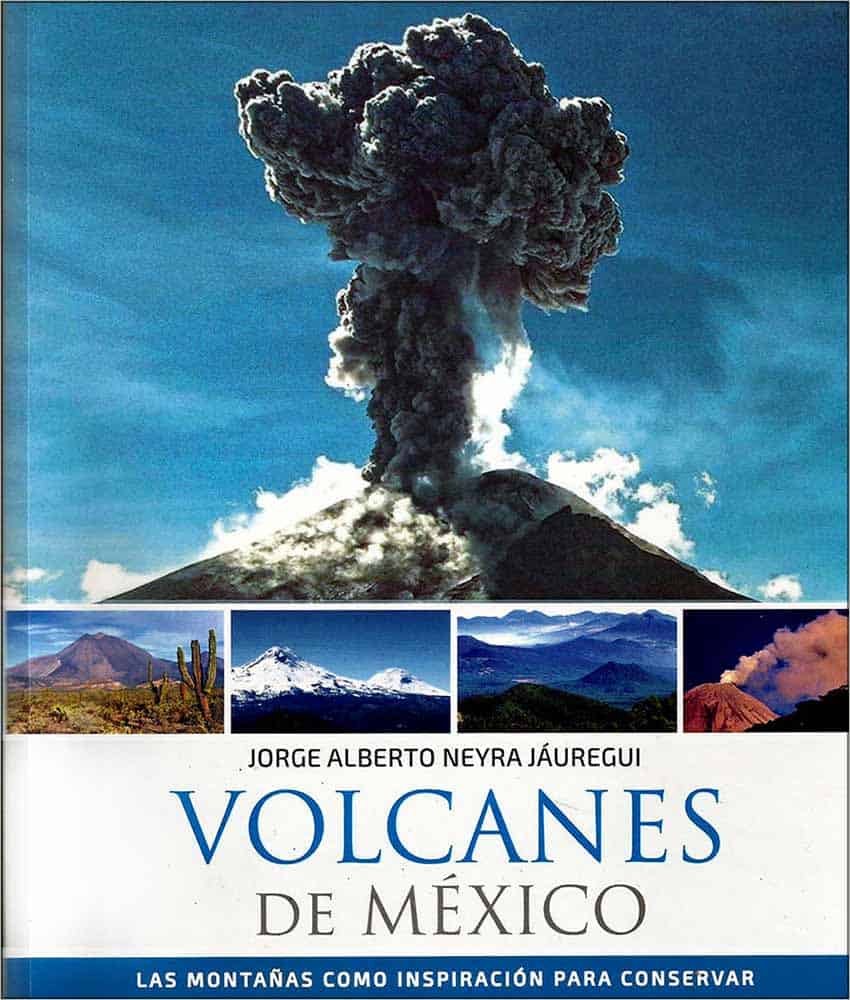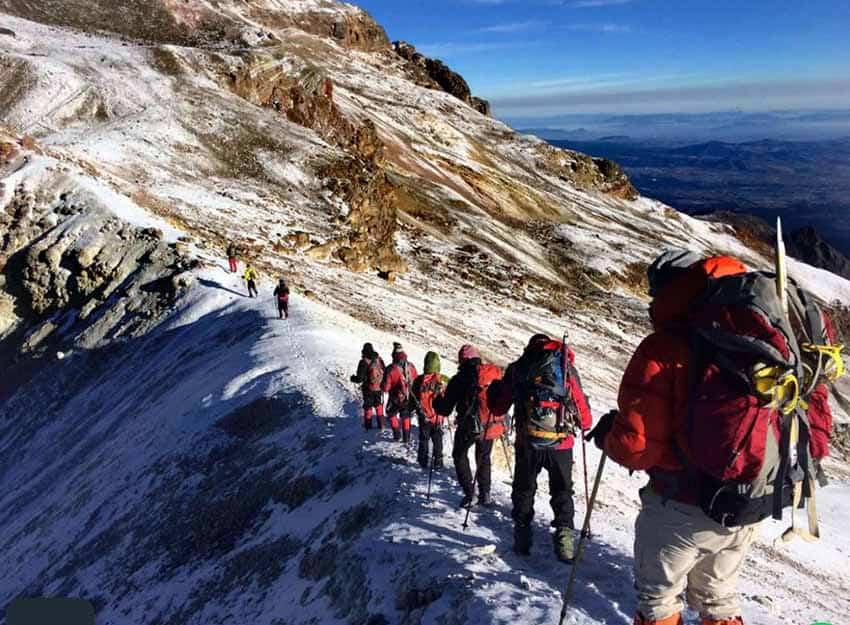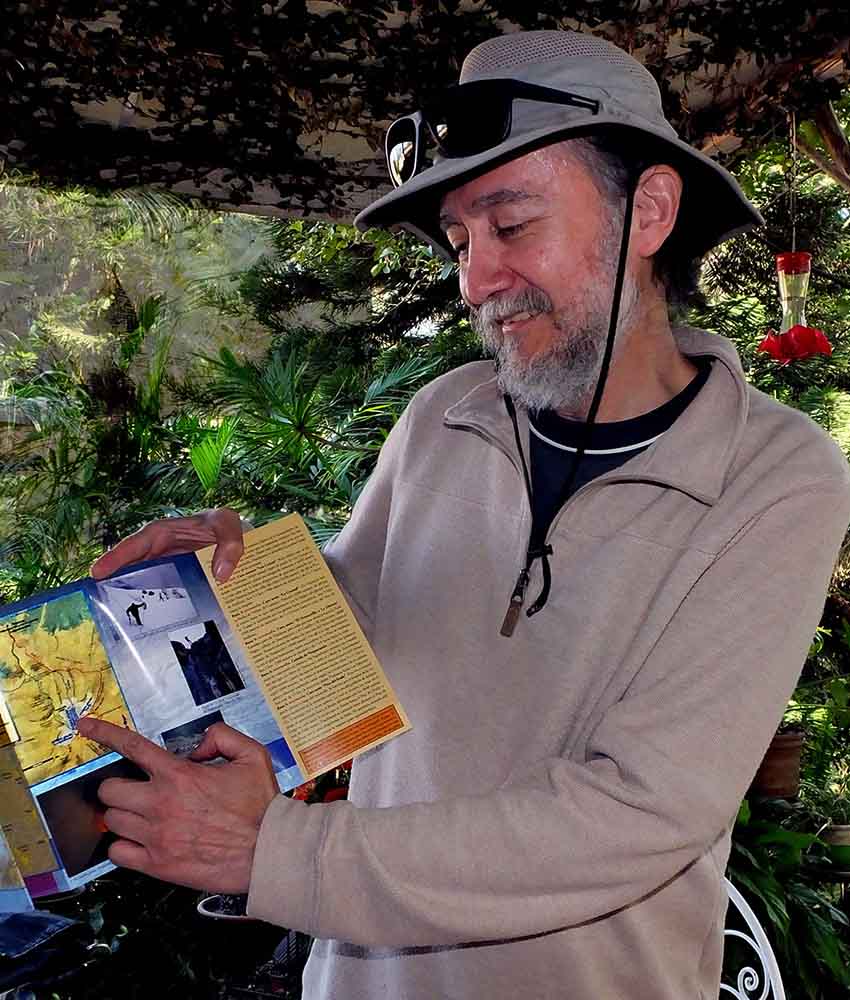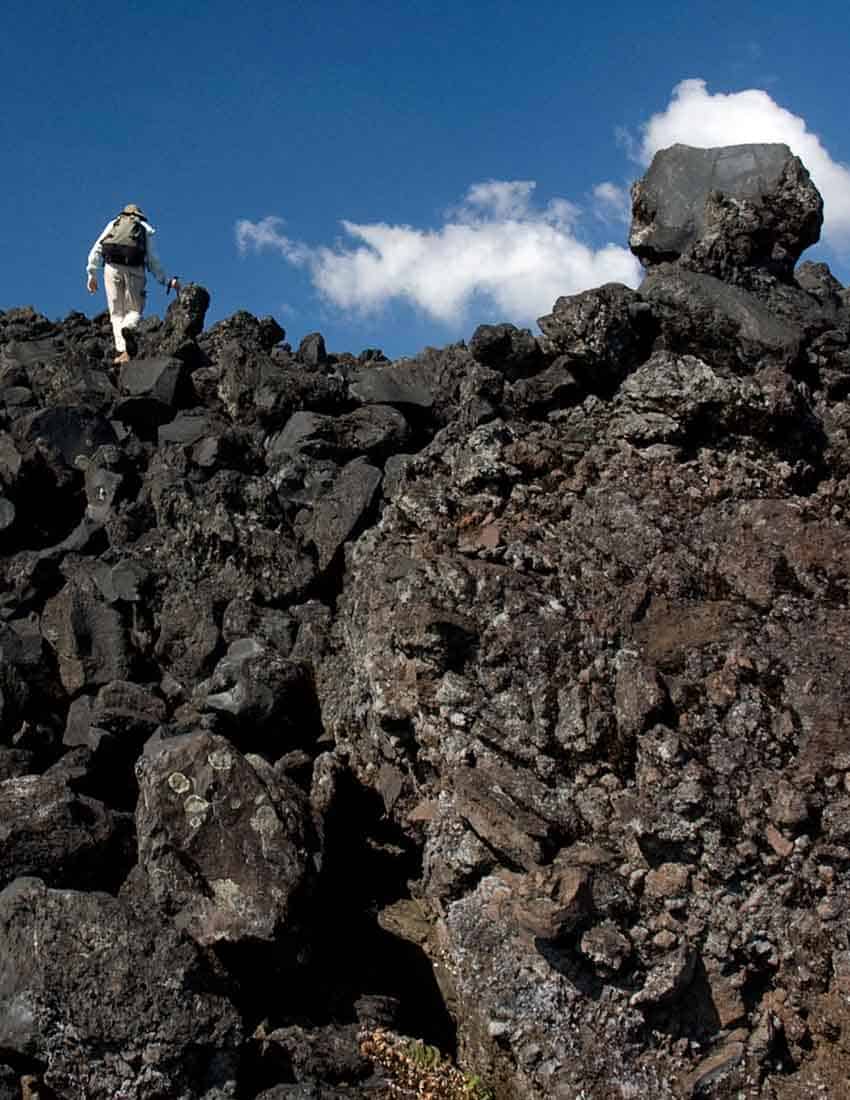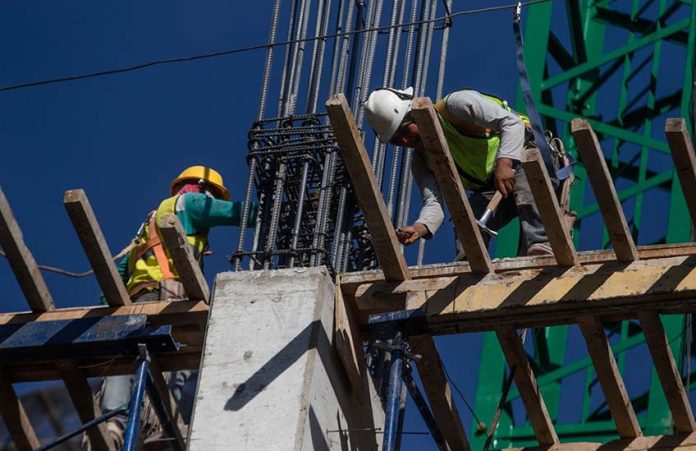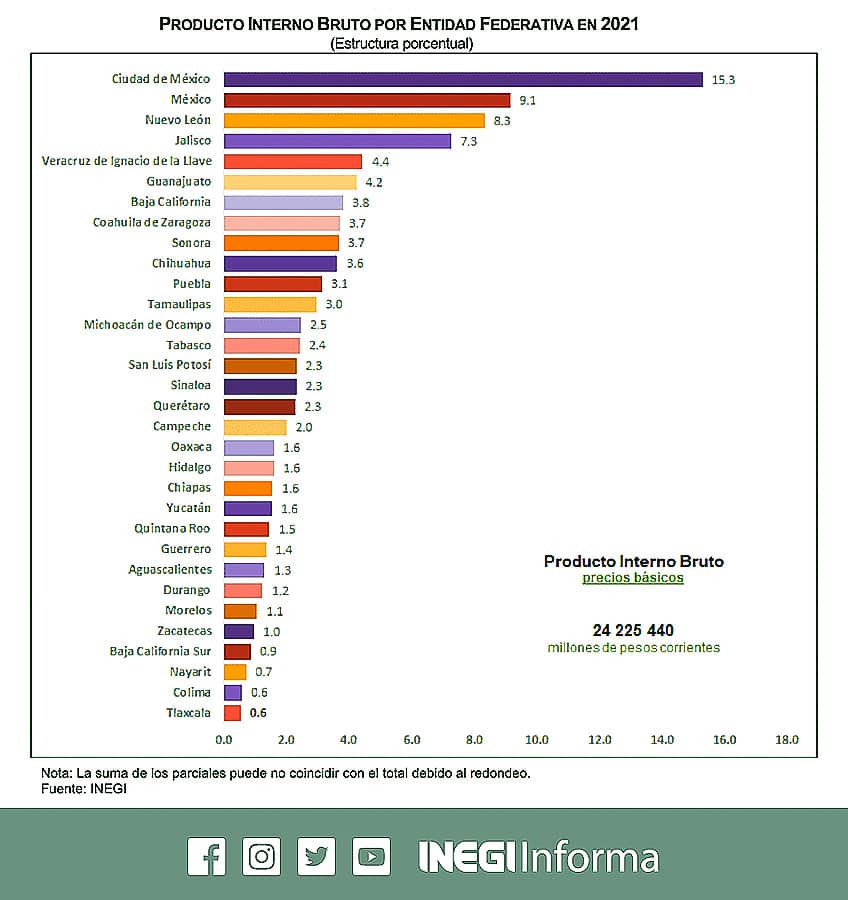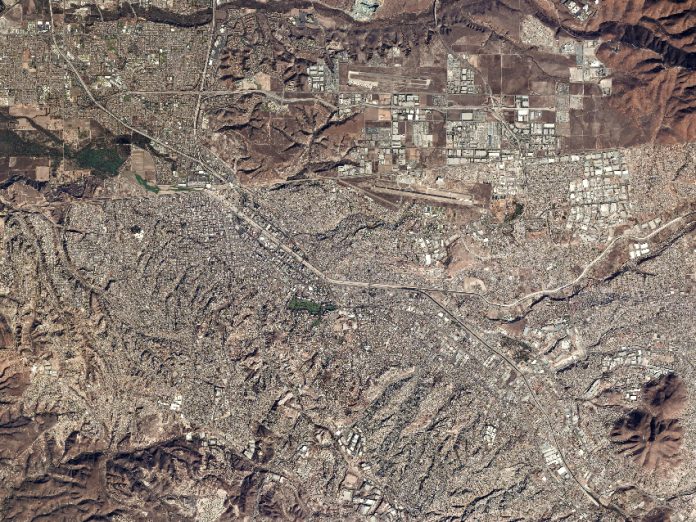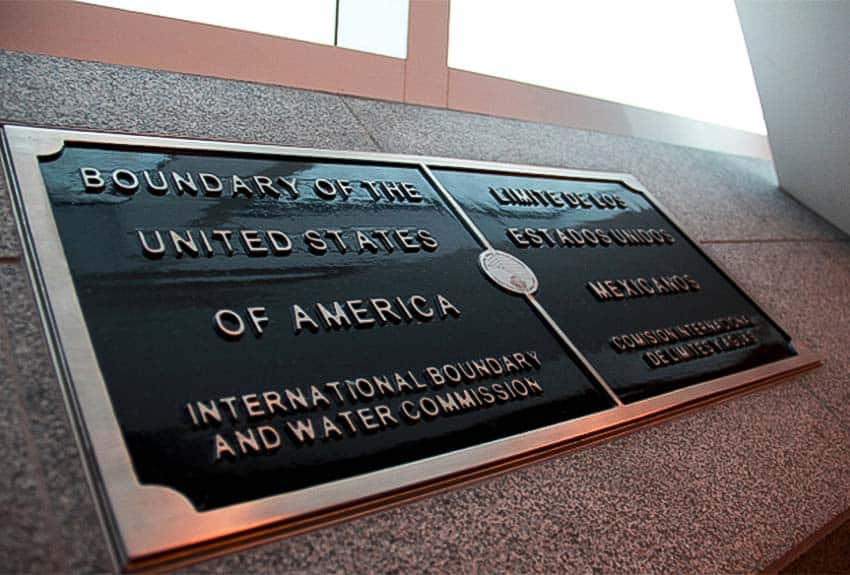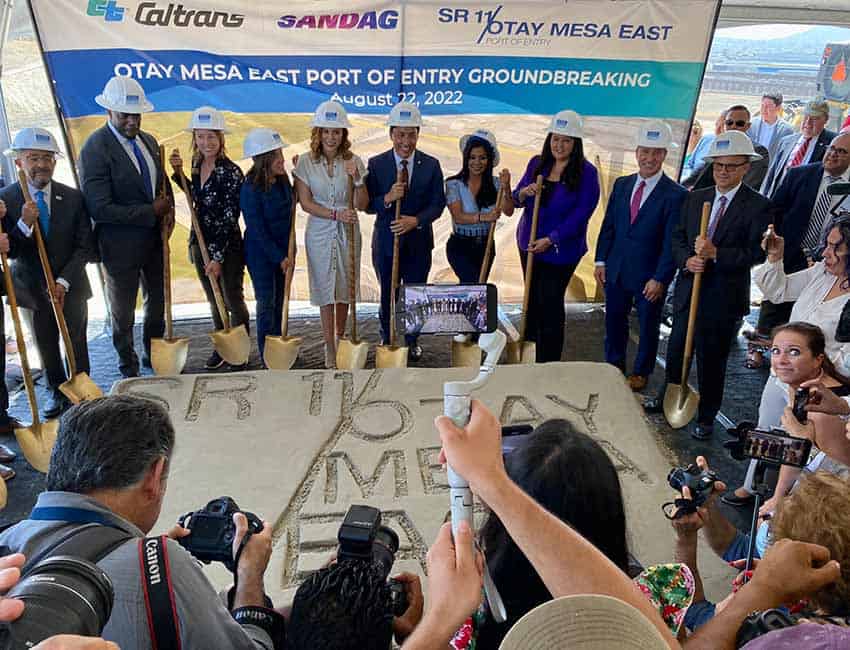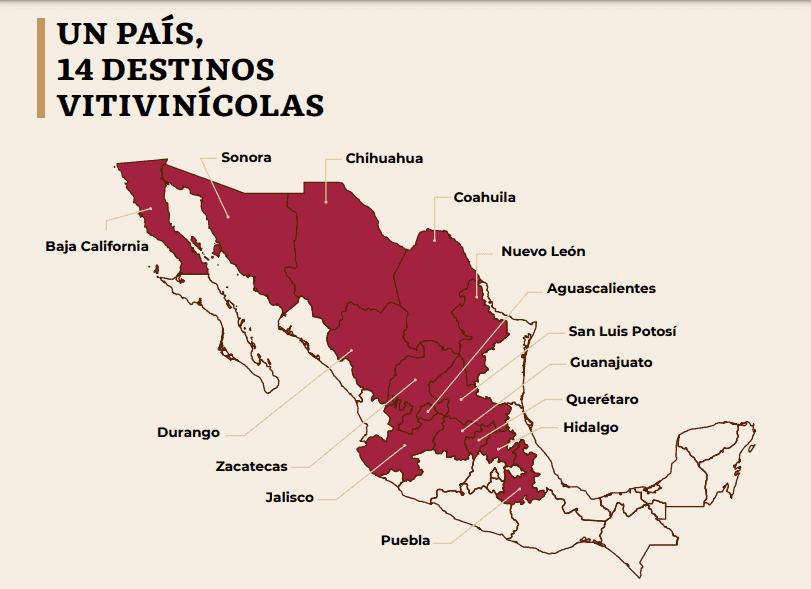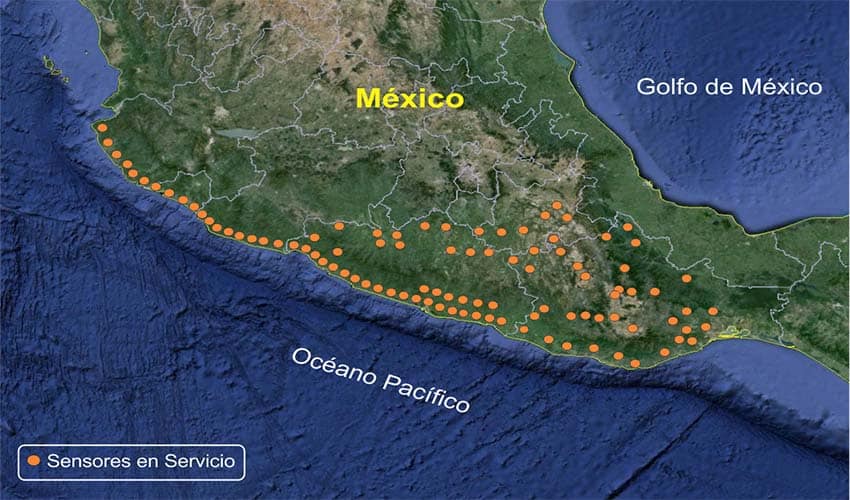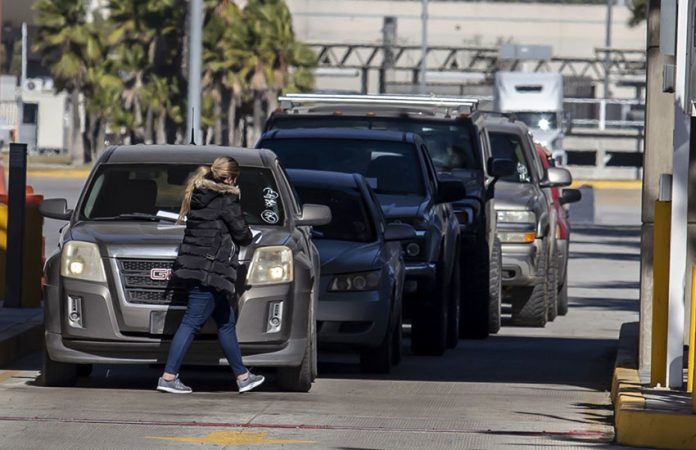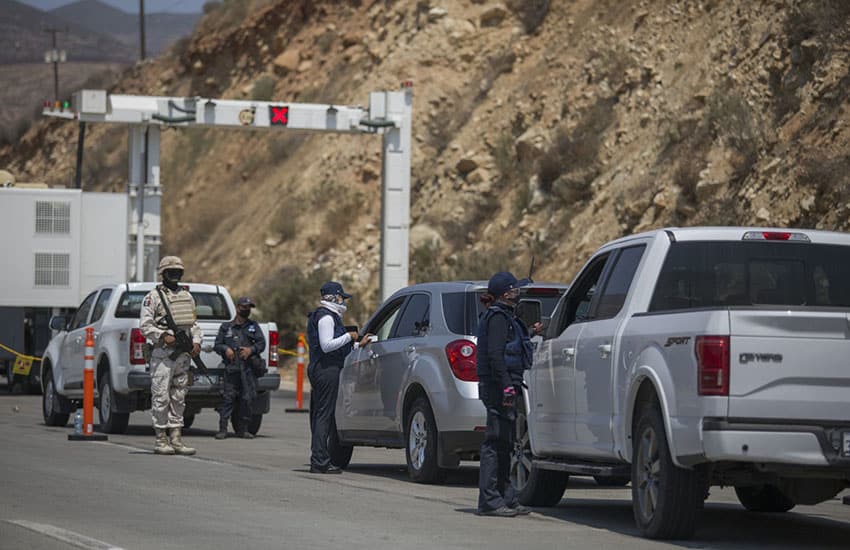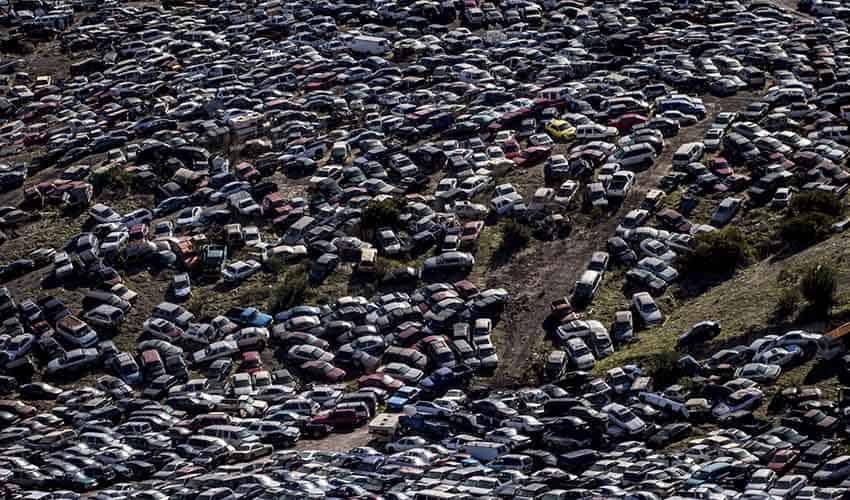Well, it finally happened.
After nearly three years of improbably escaping its grasp, COVID finally caught up with me.
When did it happen? On the bus on the way to Costco? At Costco? Or was it my friend who I later found out “had a cold” in whose presence I couldn’t stop sneezing later that afternoon?
In any case, after feeling under the weather for a couple of days, I decided to take one of the at-home tests I’d brought back from the US at the end of Christmas Day, fully expecting to see a negative result…you know, just to make sure my little cold wasn’t anything sinister. (Now, I’m not normally one to admonish Mexico for not being more like the US, but on this point, I’m going for it: it is really silly to make people go to the farmacia for someone to stick a spike into their brain and painfully wiggle it around and also be out $300 pesos for it, and also have to make an appointment for it beforehand on a scarcely-functioning website; if that had been my only choice, I wouldn’t have taken it).
I seem to remember specifically asking Santa for a million dollars, but he was apparently drunk this year and brought everyone COVID and getting stranded at airports instead.
Luckily, by the time COVID caught up to me, it had been weakened quite a bit. I’ve had both doses of vaccines as well as my booster.
It’s been making the rounds and, at least for those of us less vulnerable who have had our vaccines, expressed itself in my own body the same way a mild cold might: I’ve been really tired this week and have coughed a bit but haven’t had a fever or any other serious symptoms.
Mostly, I’ve just been bored and depressed about not getting (or having the energy) to go out and make merry.
However, I’m grateful. I didn’t get slammed with it in the beginning when people my age were dying. I don’t have any other health problems to compound it. And hopefully, I won’t be in the category of those unlucky few who wind up with Long COVID, something I’ve seen a few people around me suffer with. I was spared.
Somehow, my partner and my daughter also managed to not get it even though I wasn’t wearing a mask for the first couple of days I was symptomatic.
I’ve never been against wearing masks or getting vaccines and have never believed that the pandemic was a hoax (seriously, to what end?). And even so, I was sloppy: I let me guard down, assuming that we were all fine now, that we could go back to normal.
I still wear a mask in indoor, crowded places (as of October, masks are no longer required in Mexico) but otherwise have abandoned them, as many people around me seem to be doing as well.
It’s been nice to wear earrings and lipstick again. I even realize how much, though it sounds a little creepy, I’d missed catching people’s scents as they walked by, cocktails of perfume and coffee breath.
So for my nonchalance, I paid, and thankfully the other members of my household didn’t also pay (I mean, aside from boredom). This seems to be a pattern repeating all over Mexico at present, with rates of the illness increasing but, mercifully, hospital and death rates staying low.
So how worried should we still be about COVID these days?
Given that such a large portion of the Mexican population has now been vaccinated, it seems fair to back off the old restrictions at least a little bit. Of course, now we’ve got seasonal flu and other respiratory illnesses to contend with.
I still believe masking indoors when you’re in close proximity to people is simply the right and courteous thing to do, the way you might step aside to let someone walk by on the sidewalk. It seems that most people in my city agree with me.
At the very least, it’s a relief to have finally, mostly, backed off from the culture wars that sprung up as a result of the pandemic. (Y’all remember when people were saying the vaccines had chips in them to track us? As if our cellphone didn’t already do that, ha!).
I don’t know if we can totally say at this point that things are back to normal, but at the very least, we seem to have settled into a kind of comfort with being around each other again, as well as a comfort with not knowing: will we get each other very sick again, or just kind of sick like we always have?
After three full years, it doesn’t seem to matter to us anymore: we’re all once again standing too close to each other, and no one has the energy to scowl at people for wearing or not wearing masks. The people who played Russian roulette with masks, social distancing, and vaccines either survived or they didn’t. We’re the ones that are left, and we’re all a bit weary and droopy-eyed.
So that was this Christmas. It wasn’t all bad, but it wasn’t fantastic, either. I made some mediocre lasagna. A lot of people in Mexico got to see snow for the first time, and I have yet to hear of anyone freezing to death. I took some cookies to my neighbors, one of whom took the opportunity to tell me that I looked much fatter and should really watch my weight. “Lukewarm,” therefore, is my definition.
But maybe this is exactly the kind of attitude we need going into this new year: not boastfully enthusiastic about how we’re going to “kill it” this year but quietly, cautiously, realistically enthusiastic. After all, there’s no telling what’s waiting for us on the other side.

